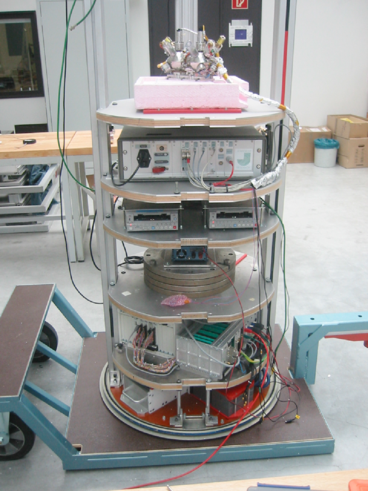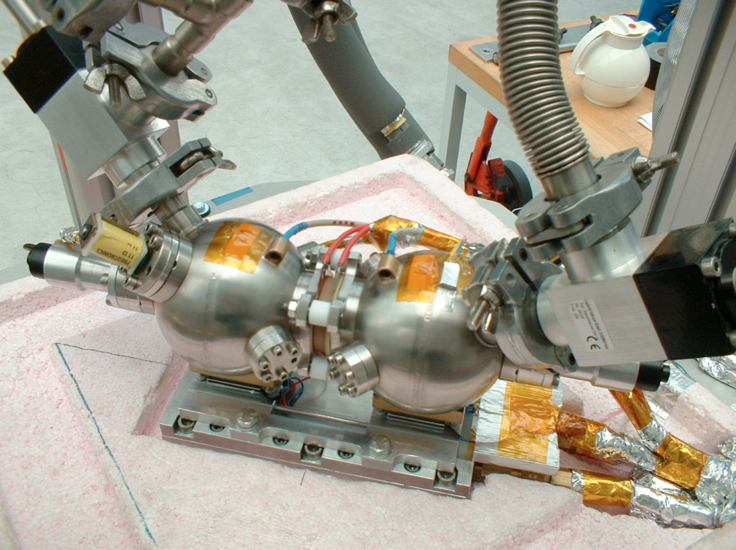miller-urey drop tower experiment: hardware development breadboard studies

research area: chemistry
experiment title:
Hardware Development Breadboard Studies for the Miller-Urey Experiment in Space
experiment acronym: Miller-Urey
funding agency: ESA
grant number: AO-LS-99-EXO-015
performing organization:
Joanneum Research, Graz, Austria
prime investigator:
Prof. Dr. Otto Koudelka
experiment objective
abstract
Prof. Stanley Miller and Prof. Harold C. Urey demonstrated already in the 1950s that amino acids can be created by electric discharges in gases, water and dust as were assumed to have been existing in accretion discs around planets. According to their theory life on Earth originated from such amino acids which meteorites brought along. Under ESA contract the hardware to an advanced Miller-Urey-type experiment (MUE) is in development as future payload for the Microgravity Science Glovebox on the ISS. The experiment design aims at forming thin mantles of water ice on solid silica particles. These ice-covered particles will move through a continuous spark discharge region, simulating lightning and stimulating chemical reactions similar to the original Miller-Urey-Experiment. The chemical reactions will take place in pairs of cooled vials which will be filled with different gas mixtures, such as similar to those Miller used in his original experiments. The drop tower experiments in this project which the industrial developers and the science team carried out were not claiming to advance science but were hardware development breadboard studies. The goal was in particular to test elaborated concepts to avoid that particles with ice mantels would freeze against the vial walls at temperatures below -5 deg. C. These breadboard tests succeeded to confirm the proper functioning of the design concept.
experimental setup

experiment campaigns
experiment year: 2009
number of drops: 6
experiment year: 2007
number of drops: 9


 "
"